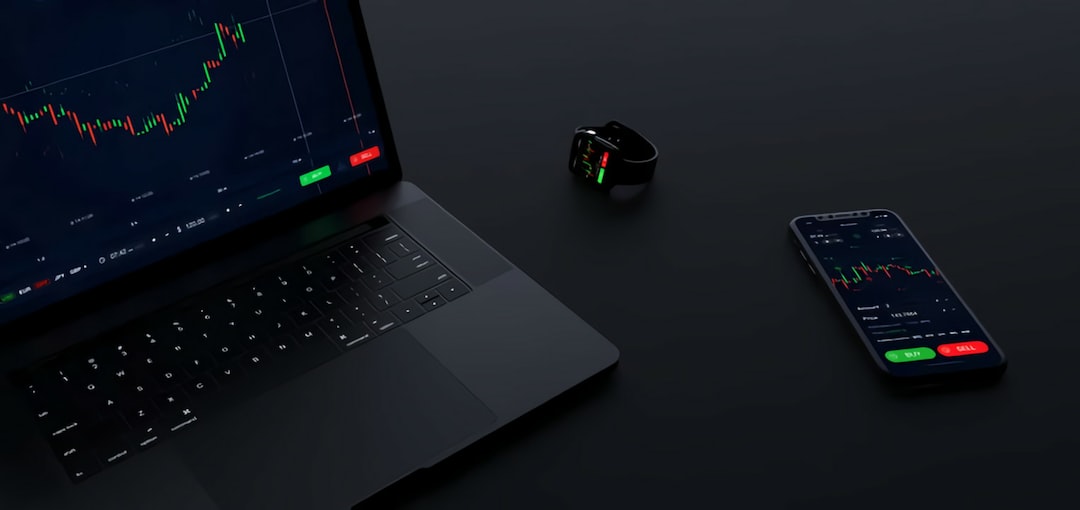Position Sizing Techniques Every Forex Trader Should Know
Position sizing is a crucial aspect of successful forex trading. It refers to the determination of the appropriate amount of capital to allocate to each trade. Proper position sizing techniques can help traders manage their risk effectively, maximize profits, and protect their trading capital. In this article, we will discuss some essential position sizing techniques that every forex trader should know.
1. Fixed Dollar Risk
One of the most straightforward position sizing techniques is the fixed dollar risk approach. With this technique, traders determine a fixed amount of money they are willing to risk on each trade. For example, a trader may decide to risk $100 on every trade. This fixed amount remains constant, regardless of the size of the trading account or the volatility of the currency pair being traded.
To calculate the position size using the fixed dollar risk approach, traders divide the fixed risk amount by the stop loss distance. For instance, if the stop loss is set at 50 pips and the fixed risk is $100, the position size would be $2 per pip ($100 / 50 pips).
The advantage of this technique is that it provides consistency and helps traders maintain discipline. However, it may not take into account the varying levels of volatility in different currency pairs, potentially leading to overexposure or underexposure to certain trades.
2. Percentage Risk Model
The percentage risk model is another popular position sizing technique. Instead of a fixed dollar amount, traders determine a percentage of their trading capital that they are willing to risk on each trade. This approach allows for more flexibility, as the position size adjusts according to the size of the trading account.
To calculate the position size using the percentage risk model, traders multiply the percentage risk by the trading account balance. For example, if a trader decides to risk 2% of a $10,000 trading account, the position size would be $200 ($10,000 * 0.02).
The advantage of the percentage risk model is that it adjusts the position size based on the account balance, taking into account the trader’s risk tolerance and the size of their trading capital. However, it is essential to regularly reassess the percentage risk as the account balance fluctuates.
3. Volatility-Based Position Sizing
Volatility-based position sizing takes into account the volatility of the currency pair being traded. This technique aims to allocate more capital to trades with higher volatility and less capital to trades with lower volatility.
To implement volatility-based position sizing, traders can use indicators such as Average True Range (ATR) to measure the volatility of a currency pair. The ATR indicator provides an average range of price movement over a specific period. By incorporating the ATR into the position sizing calculation, traders can adjust the position size according to the current market conditions.
For instance, if the ATR indicates higher volatility, traders may decide to increase their position size to capture larger potential gains. Conversely, if the ATR indicates lower volatility, traders may decrease their position size to reduce potential losses.
By incorporating volatility into position sizing, traders can adapt their risk exposure to the market conditions, potentially maximizing profits during periods of high volatility and protecting capital during periods of low volatility.
In conclusion, position sizing is a critical aspect of forex trading that should not be overlooked. By implementing effective position sizing techniques, traders can manage risk, protect their trading capital, and maximize profits. Whether using a fixed dollar risk approach, a percentage risk model, or volatility-based position sizing, it is essential for traders to find a technique that suits their trading style and risk tolerance. By doing so, traders can enhance their chances of success in the forex market.





